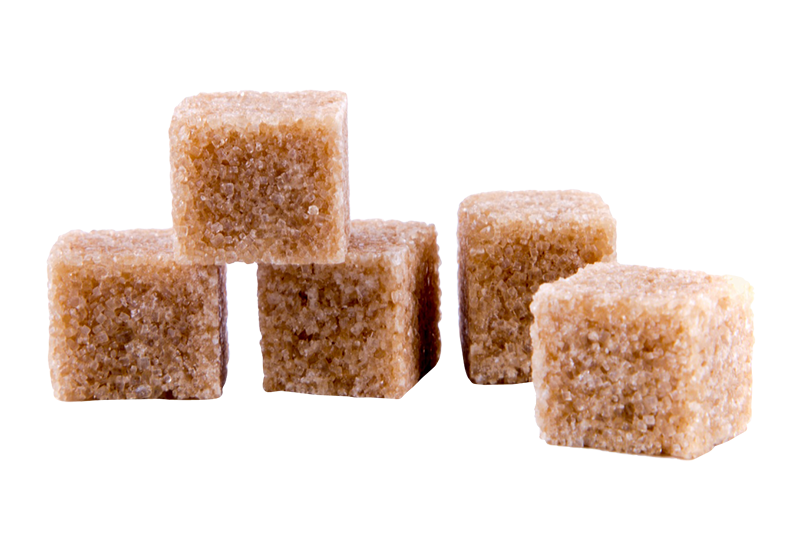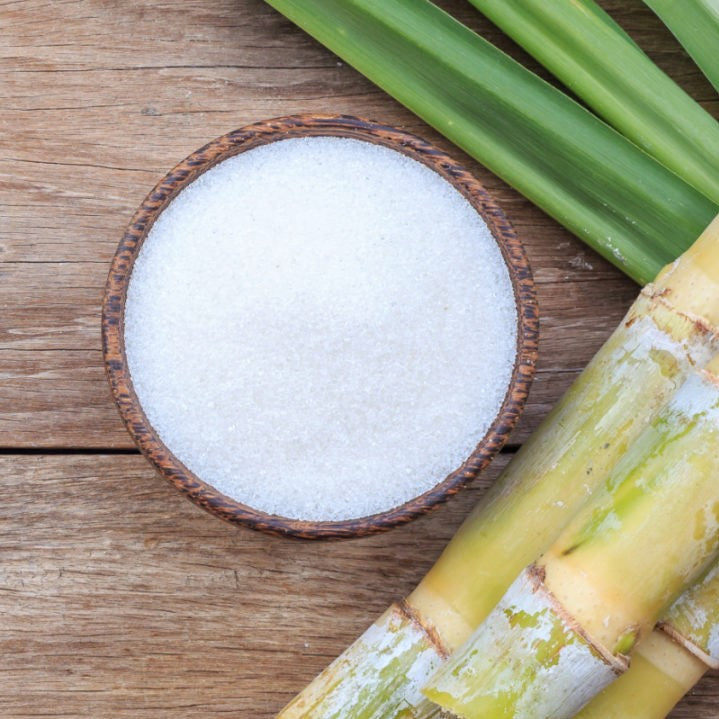Advanced Cane Sugar Processing: Enhancing Performance and Sustainability
Advanced Cane Sugar Processing: Enhancing Performance and Sustainability
Blog Article
An Extensive Guide to the Ecological Influence and Sustainability Practices in Walking Stick Sugar Processing
The environmental influence of walking stick sugar processing offers a complex variety of obstacles that warrant careful exam. From soil degradation and too much water use to the carbon footprint linked with growing and production, the effects of standard practices are far-ranging. What certain practices can be applied to strike an equilibrium between performance and environmental stewardship?
Overview of Walking Stick Sugar Processing
Cane sugar processing includes a series of organized steps that change sugarcane into polished sugar. Initially, gathered sugarcane is carried to refining facilities, where it undertakes cleaning up to eliminate dirt and debris. Following this, the walking cane is crushed to draw out juice, which is after that cleared up by getting rid of pollutants via heating and the enhancement of lime.
The clarified juice goes through dissipation, where water is eliminated to focus the sugar content. This focused syrup is after that taken shape through cooling, permitting sugar crystals to form. These crystals are separated from the continuing to be syrup using centrifugation, leading to raw sugar. To attain refined sugar, the raw product undergoes additional filtration procedures, which may include filtering and cleaning to eliminate remaining pollutants and color.
The end product is then dried out and packaged for circulation. Throughout this whole procedure, keeping effectiveness and top quality control is crucial to guarantee the sugar satisfies market requirements. Each action in walking cane sugar handling not just adds to the last item but likewise has ramifications for resource use and waste generation, setting the stage for discussions on sustainability and environmental impacts associated with sugar production.
Environmental Challenges of Manufacturing
The manufacturing of walking cane sugar offers numerous substantial ecological difficulties that warrant interest. One primary issue is the comprehensive use agrochemicals, including chemicals and fertilizers, which can result in soil destruction, biodiversity loss, and contamination of local water sources. The drainage from sugarcane areas usually lugs these chemicals right into nearby communities, interrupting aquatic life and affecting the health of communities reliant on these water bodies.
An additional difficulty is the high energy consumption connected with sugarcane handling. The boiling and refining stages require significant warm, largely created by shedding fossil fuels, adding to greenhouse gas discharges. Furthermore, the expansive acreage needed for sugarcane growing can result in logging and habitat destruction, more aggravating climate change and harmful wildlife.
Furthermore, the labor techniques in some areas raise moral worries, as employees might face inadequate working conditions and inadequate earnings. This situation often perpetuates a cycle of hardship in local neighborhoods. Cane Sugar Processing. Addressing these ecological obstacles is important for developing much more lasting practices in walking cane sugar production, inevitably benefiting both the atmosphere and the areas involved in this market
Water and Land Usage Impact
Water sources and land utilization are critical elements in the walking cane sugar industry that substantially impact the environment. The growing of sugarcane calls for substantial water input, with quotes recommending that it can take in approximately 2,000 liters of water per kg of sugar generated. This intensive use water often brings about depletion of regional water sources, influencing not just the sugarcane ranches however additionally bordering communities and areas that rely upon the exact same water sources for farming and residential use.

In addition, land use for sugarcane farming can cause deforestation and the conversion of all-natural habitats right into monoculture haciendas. This technique lessens biodiversity, interrupts neighborhood communities, and adds to soil deterioration. The growth of sugarcane fields frequently trespasses on beneficial agricultural land, producing competitors for resources between food and biofuel manufacturing.
Lasting practices, such as enhancing irrigation strategies and executing plant turning, are important to alleviate these influences. By adopting much more effective water use and land monitoring techniques, the cane sugar market can minimize its environmental impact, making certain a balance between agricultural efficiency and environmental conservation.
Greenhouse Gas Emissions
Greenhouse gas exhausts represent a significant environmental issue within the walking stick sugar handling market, specifically as farming techniques increase to fulfill international need. The growing of sugarcane, a crop that grows in tropical climates, depends heavily on synthetic fertilizers and pesticides, which add to laughing gas exhausts. In addition, land-use adjustments, including deforestation for brand-new sugarcane plantations, launch co2 kept in plants and dirt.
Throughout processing, energy intake is an additional major source of greenhouse gas exhausts - Cane Sugar home Processing. Several sugar mills use fossil fuels to power equipment and produce heat, causing substantial carbon footprints. Furthermore, the transportation of raw sugarcane and ended up products includes layers of discharges through gas combustion in vehicles
This involves examining existing farming practices, processing approaches, and transportation systems to identify areas for renovation and mitigation. Dealing with greenhouse gas discharges is essential for fostering a much more lasting cane sugar market in an altering environment.

Lasting Practices and Innovations
Sustainable practices and innovations are significantly important in the walking cane sugar handling market as stakeholders seek to lower environmental influences while preserving performance. One considerable advancement is the application of incorporated crop monitoring, which optimizes source use by integrating soil monitoring, bug control, and plant rotation strategies. This method boosts yield while lessening chemical inputs and preserving soil wellness.
Furthermore, the adoption of sustainable energy resources, such as biomass from sugarcane deposits, has actually acquired grip - Cane Sugar Processing. By transforming waste products into power, refining facilities can minimize their dependence on fossil fuels, thus decreasing greenhouse gas exhausts
Water administration techniques have likewise seen renovations through the recycling and reusing of water in processing plants, significantly decreasing freshwater usage. Technologies in technology, such as precision agriculture, allow farmers to check crop health and wellness and source use better, ensuring sustainable cultivation methods.
Moreover, qualification programs like Fair Profession and Rainforest Alliance motivate ecologically accountable farming techniques and advertise social equity within the supply chain. By embracing these sustainable techniques and advancements, the walking get more cane sugar handling sector can enhance its resilience and contribute positively to environmental stewardship.
Final Thought
The ecological influence of walking cane sugar handling provides considerable difficulties, including dirt degradation, high water intake, and greenhouse gas exhausts, along with honest worries connected to labor practices. Addressing these issues via lasting methods, such as integrated crop management, renewable energy adoption, and water recycling, is important. By promoting eco liable and socially equitable approaches in sugar manufacturing, the industry can reduce its adverse results, making sure a more lasting future for both ecosystems and areas entailed in this industry.
Cane sugar handling involves a collection of methodical actions that transform sugarcane right Visit This Link into refined sugar. Each action in walking stick sugar processing not only adds to the last item but also has effects for resource use and waste generation, setting the stage for discussions on sustainability and ecological impacts associated with sugar production.
Greenhouse gas discharges stand for a considerable environmental worry within the cane sugar processing sector, especially as agricultural practices increase to fulfill global need.Sustainable practices and technologies are increasingly crucial in the cane sugar handling sector as stakeholders seek to minimize ecological impacts while preserving productivity.The ecological influence of cane sugar processing presents substantial obstacles, including soil destruction, high water intake, and greenhouse gas discharges, together with moral concerns associated to labor methods.
Report this page